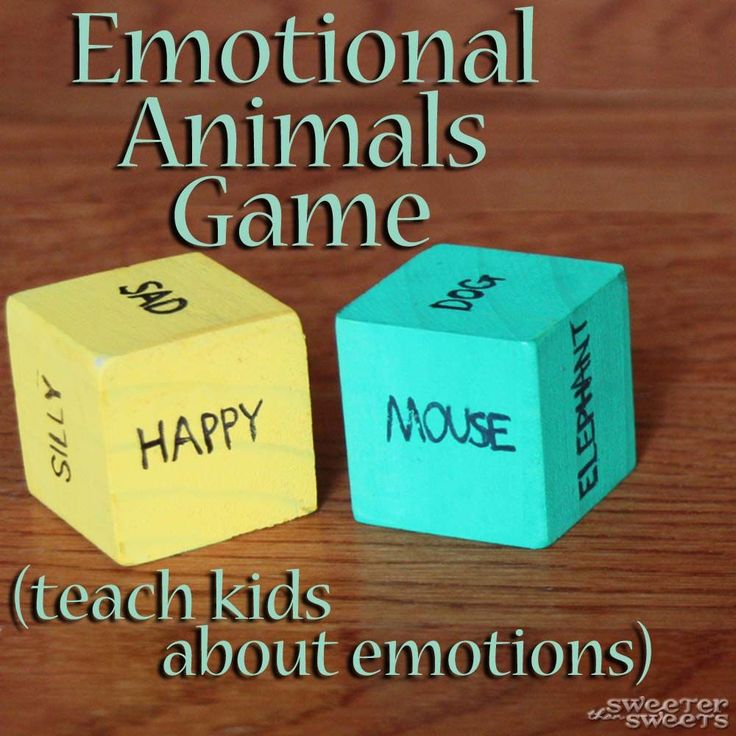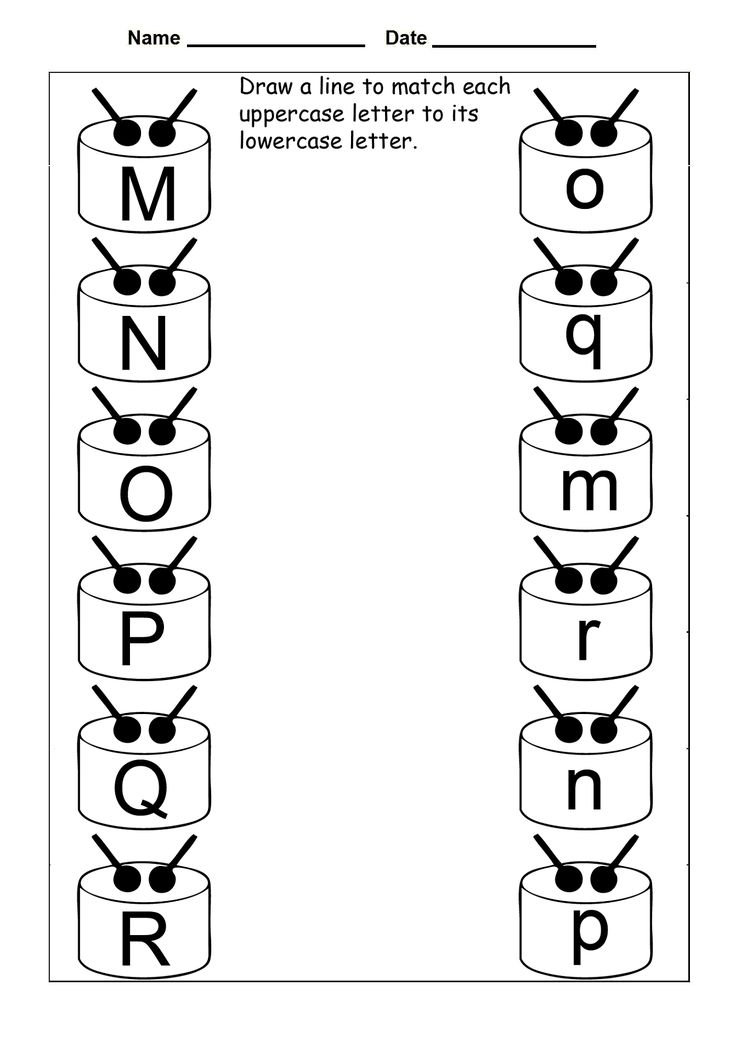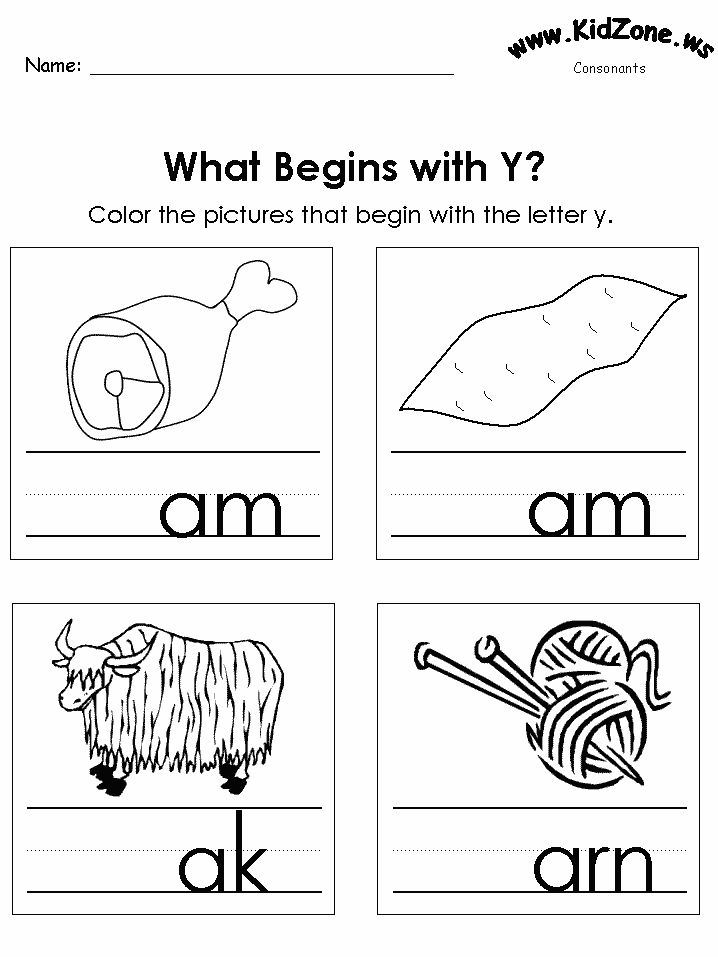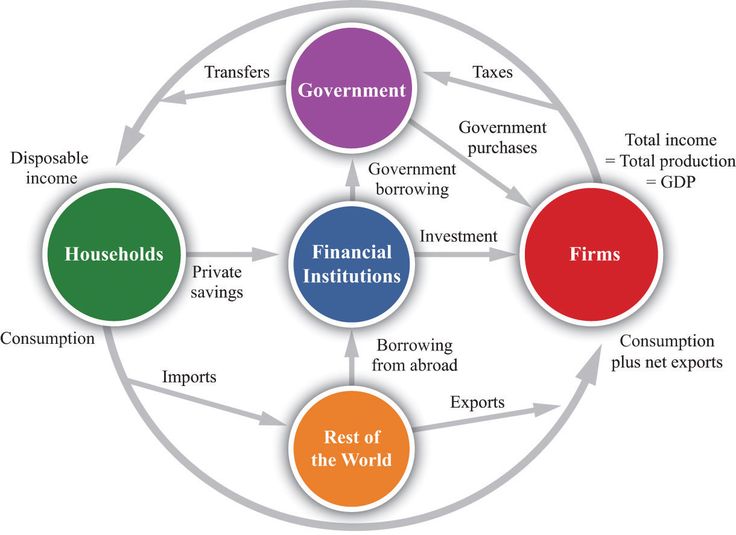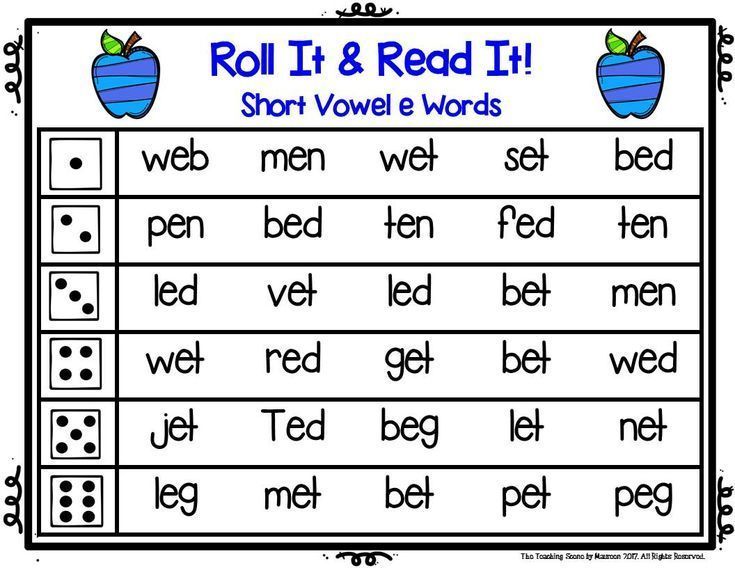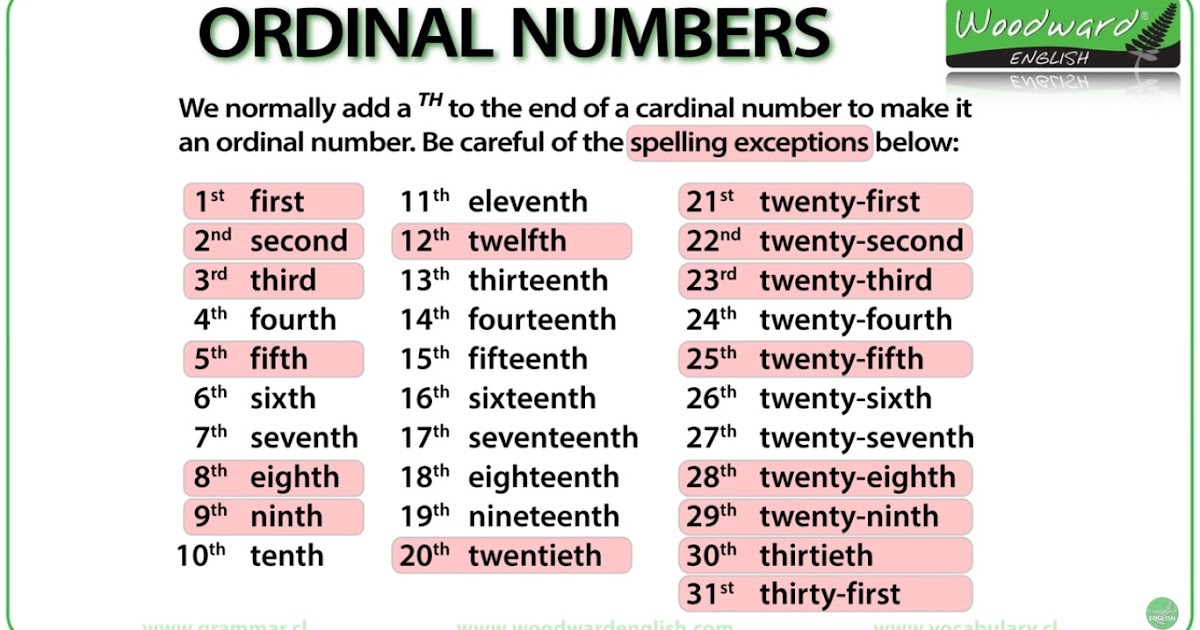Teaching about emotions
Lessons and Activities to Build Self-Awareness – Proud to be Primary
Teaching emotions for kids is easy with these social-emotional learning ideas and activities for the classroom.
Social-emotional learning is a key component in teaching young children. You’ll find that a good part of your day is spent educating your students about how to recognize, manage and express feelings. Because of this, below are engaging ways to teach emotions for kids in your classroom.
Everything You Must Know to Teach Emotions to Kids
Why do students need help learning how to express healthy emotions and feelings?
Students learn healthy emotional habits and ways of expressing their feelings in several ways. They learn at home as well as in their interactions with their family and friends. Children tend to pick these things up naturally. They learn by watching how others respond and mimicking their behavior. Many kids are active in their churches, community centers, sports, and hobbies.
In those places, they learn how to interact with friends and neighbors as well.
But, what about the students who don’t have such opportunities?
It’s up to us, as educators, to model, teach, and encourage them to practice healthy emotional responses to everyday situations and events! Helping children to express their feelings and handle difficult situations with calm is our ultimate goal.
1. Helping Kids Identify Different Emotions
Children should be taught the language necessary to label and identify the different emotions they may experience. The reason is, we need to let them know that feeling different emotion is normal. By giving them the vocabulary needed to describe how they’re feeling, you are encouraging them to express themselves productively.
- Recognizing Facial Expressions and Body Language: Children need to learn how to identify their own emotions, as well as others. One way to do this is by learning to pay attention to their own body signals, such as a frown and queasy stomach when nervous, or balled fists and tight shoulders when angry.
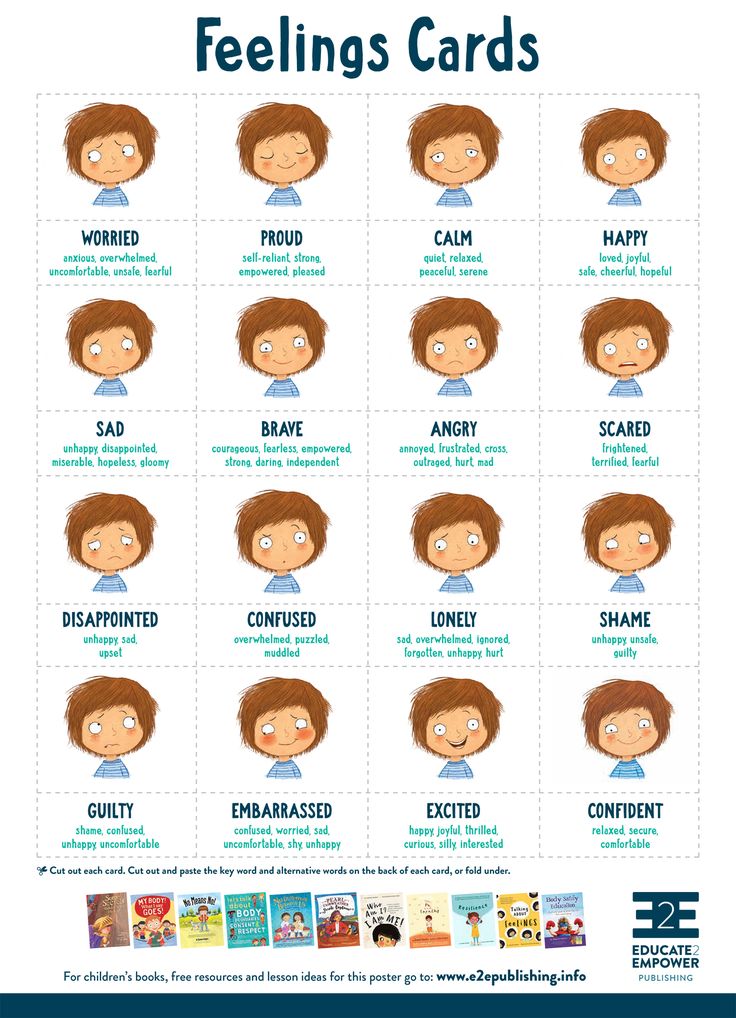 Once they can recognize it in themselves, they can pick up on facial expressions and body language of others and then learn to react accordingly. In your morning meetings, perhaps spend five minutes modeling and discussing different emotional states.
Once they can recognize it in themselves, they can pick up on facial expressions and body language of others and then learn to react accordingly. In your morning meetings, perhaps spend five minutes modeling and discussing different emotional states. - Clip Chart: One way to encourage recognition of feelings is to provide a visual reference for them to use. A clip chart helps students to recognize and identify how they are feeling. They simply place a clip on the chart in the space that shows how they are feeling.
- Play Games: One fun way to introduce, teach, and practice the names of emotions is to play an engaging game with students, such as these emoji card games, matching games, and board game.
2. Teaching Kids Healthy Expression of Emotions
We all feel the full range of emotions. Wherever they are on the happy or sad, engaged or bored, proud or embarrassed, ends of the spectrum, we can help them express those emotions in a safe and healthy way.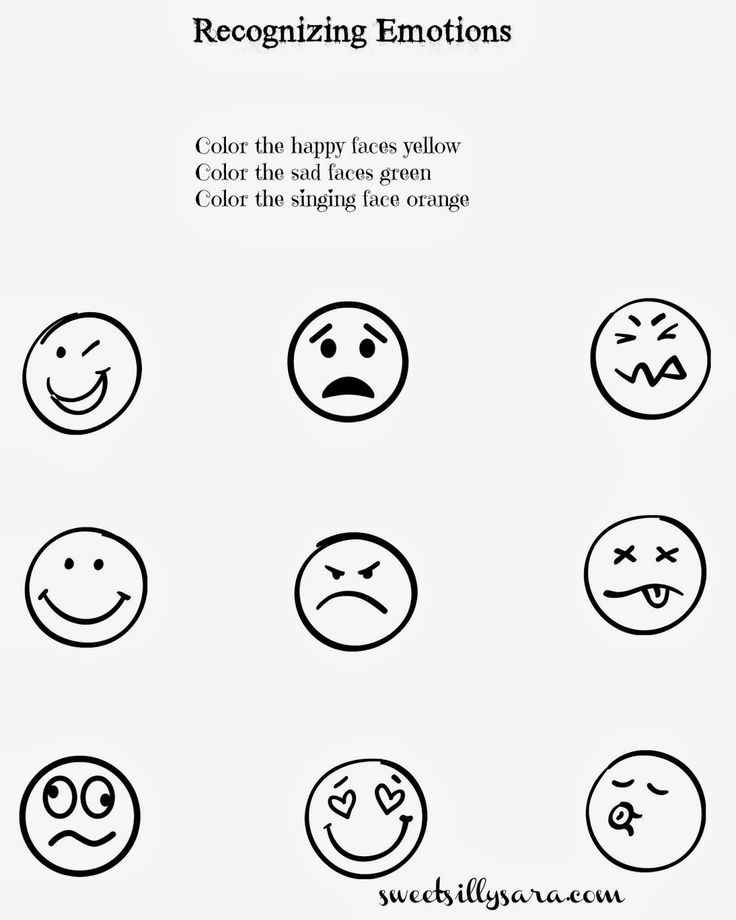 The classroom is a great place to learn and practice!
The classroom is a great place to learn and practice!
- “I Feel…” Statements: To learn how to express their feelings appropriately, students need to be taught how to use “I feel…” statements. Instead of screaming insults at another child who broke his crayon, little Johnny can say “I feel sad that you broke my crayon”, opening up the communication between the two students. This allows for healthy conflict resolution.
- Coping with Extreme Emotions: Sometimes we must step in and help kids deal with the emotional roller coasters they sometimes find themselves on. Their extreme emotions get out of control and they need help finding their way back to calmness. We must realize that addressing the whole brain is key to understanding how to help them best.
- Teaching Emotional Rights: It’s important for children to understand and assert their rights when it comes to emotions. This helps them maintain healthy boundaries with their friends and peers, and be respectful to teachers and adults.
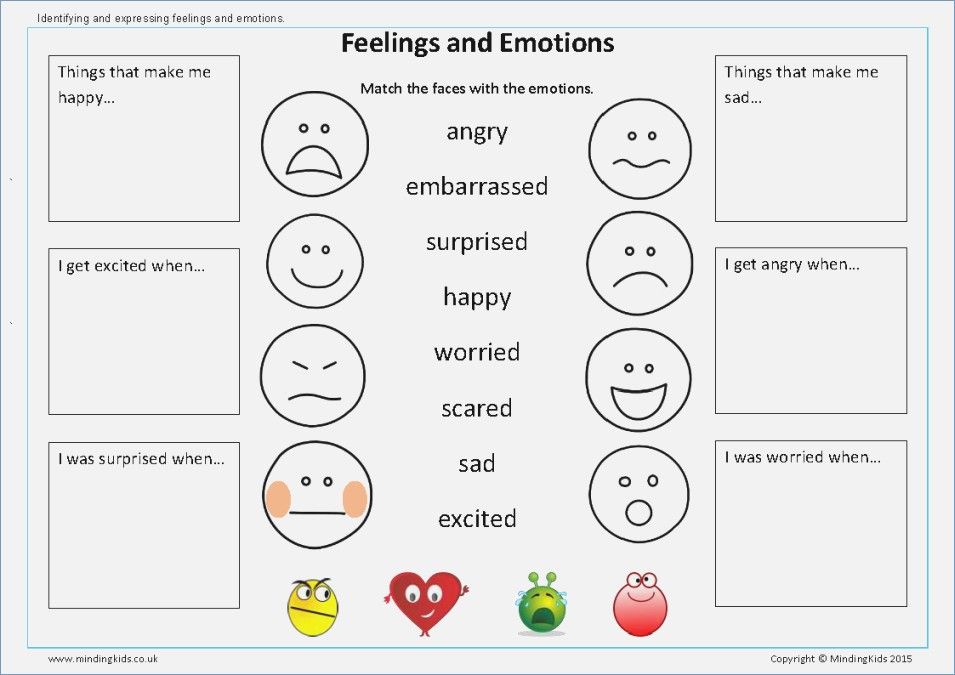
3. Connecting Kids to Experiences with Emotions
Children learn to embrace their emotional state by realizing that it is normal and ok to feel the way they do. It’s our job to give them opportunities to label their feelings correctly. Emotional memory is strong! We can harness that power by helping students connect their experiences in the classroom with their emotions. By recognizing and acknowledging their feelings during a learning activity or classroom event, we can increase the chances of it sticking in our students’ long-term memory. You see, that’s why emotions for kids is so important!
- Journaling: Encouraging students to journal about their feelings is helpful. They express their feelings by writing about learning tasks, field trips, or school events. For one, we often use this learning method in our classrooms for improving handwriting, spelling, vocabulary, and of course writing skills.
- Emotion Sort: Have students sort pictures of children with experiencing different emotions.
 By doing so, they will gain practice recognizing facial expressions and body language and therefore, feel more confident understanding their own and others feelings.
By doing so, they will gain practice recognizing facial expressions and body language and therefore, feel more confident understanding their own and others feelings.
4. Teaching Kids about Brain Biology and Emotions
The human brain is a fascinating subject, even for the youngest learners. Teach them what the parts of the brain are called, and talk about how different parts of the brain control their emotions and feelings.
- Brain Craftivity: Try this fun craft activity that teaches children about the parts of the brain that control the emotions.
- Upstairs and Downstairs: To try to explain how the parts of our brain work together, and how the emotions part can sometimes take over, try explaining it in terms they can understand, such as the “upstairs and downstairs.”
5. Encouraging Kids to Have a Positive Mindset
Additionally, add in self-talk and self-motivation skills. Positive and encouraging self-talk will help your students succeed, and create a more positive classroom environment overall.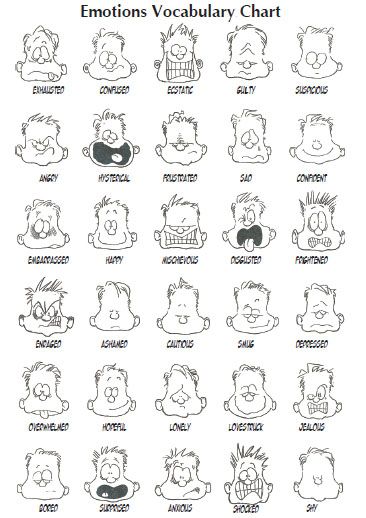 For example, you can teach them ways to feel good and focus on positivity. Here are ways to influence them to have a good attitude at school and teach emotions for kids.
For example, you can teach them ways to feel good and focus on positivity. Here are ways to influence them to have a good attitude at school and teach emotions for kids.
- Create a Vision Board: Vision boards are used in all types of professions, from business to graphic design. They can be used in the classroom too! Help children visualize what they desire and what makes them happy. Precisely, when they have an image in their mind of what makes them thrive, they are more likely to reach their own goals, and ultimately succeed in the classroom.
- My Heart Map: This creative activity encourages children to thoughtfully consider what makes them happy and depict it on paper. It’s a great way to help them own and recognize their emotions and focus more on having a positive outlook.
- Teach Growth Mindset: Any lesson about emotions and feelings can easily be integrated into a growth mindset curriculum plan.
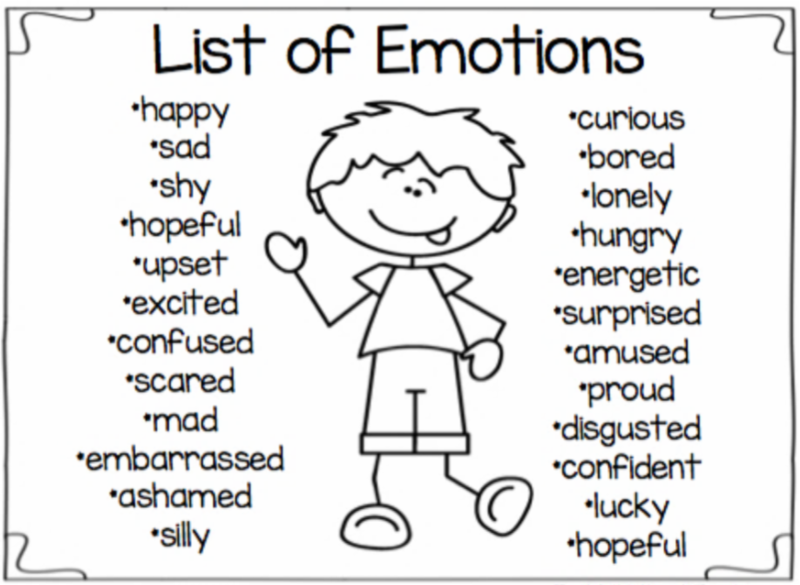 The two go together like peas and carrots!
The two go together like peas and carrots!
Resources for Teaching Emotions with Kids
Emotions Self-Awareness Unit
The Emotions: Social Emotional Learning Unit includes 5 detailed, research-based lessons to teach emotions for kids. It is filled with hands-on and mindful activities. The curriculum teaches children about how their brain controls their emotions. It also teaches how to identify and express how they are feeling, and ways to encourage a positive mindset.
Emotions Book Companions
This emotional awareness resource includes 5 book companions on popular children’s books that relate to feelings and emotions (The Color Monster; The Feelings Book; Glad Monster, Sad Monster; F is for Feelings; In My Heart).
Children will participate in classroom discussions and book chats, share their feelings in written form, and participate in fun, engaging activities that build emotional awareness and social skills.
This emotions book companion resource includes a detailed lesson plan, guided questions, anchor chart, writing response, and follow-up activities (printable and digital included) for all 5 books.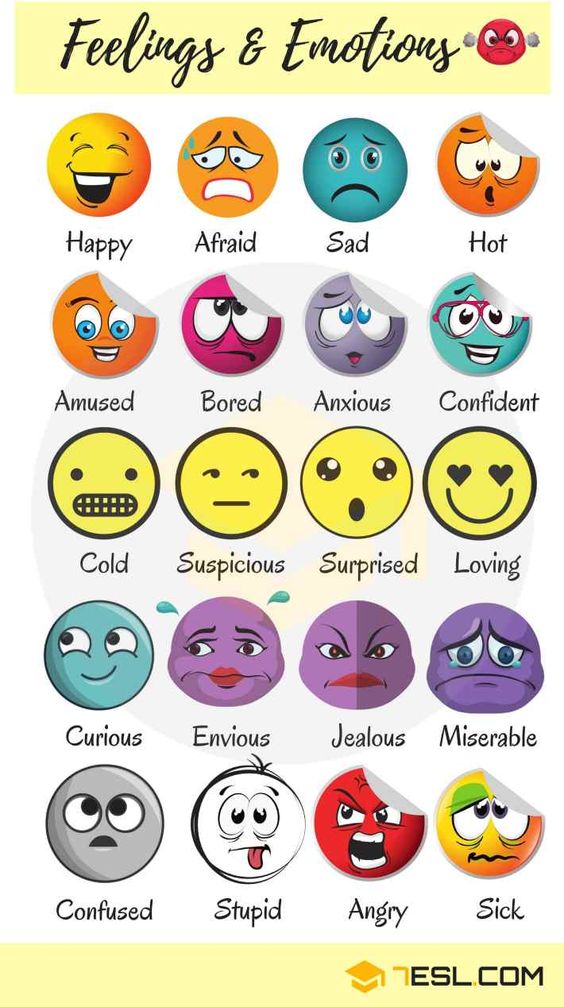 Great for distance learning and remote teaching of social-emotional skills!
Great for distance learning and remote teaching of social-emotional skills!
FREE Emotions Lesson & Feelings Journal
Help students learn to identify and process their feelings in an emotions journal.
Download a free lesson and activities on identifying and labeling emotions from the Emotions unit by clicking the image below and signing up.
Social-Emotional Learning Curriculum
The mind + heart Social Emotional Learning Curriculum includes 8 units with 5+ detailed, character education, research-based LESSONS filled with TONS of hands-on and mindful ACTIVITIES that encourage children to express themselves and build important emotional and social skills. It includes emotions for kids!
More About Teaching Emotions
Emotional Skills Books and Videos
Self Regulation Strategies, Books & Videos
Empathy Skills Books & Videos
PIN for Later
FREE Social Emotional Learning Email Series
Sign up for the social emotional learning email course filled with tips to get you started, lesson and activity ideas, PLUS tons of FREE resources you can access right away.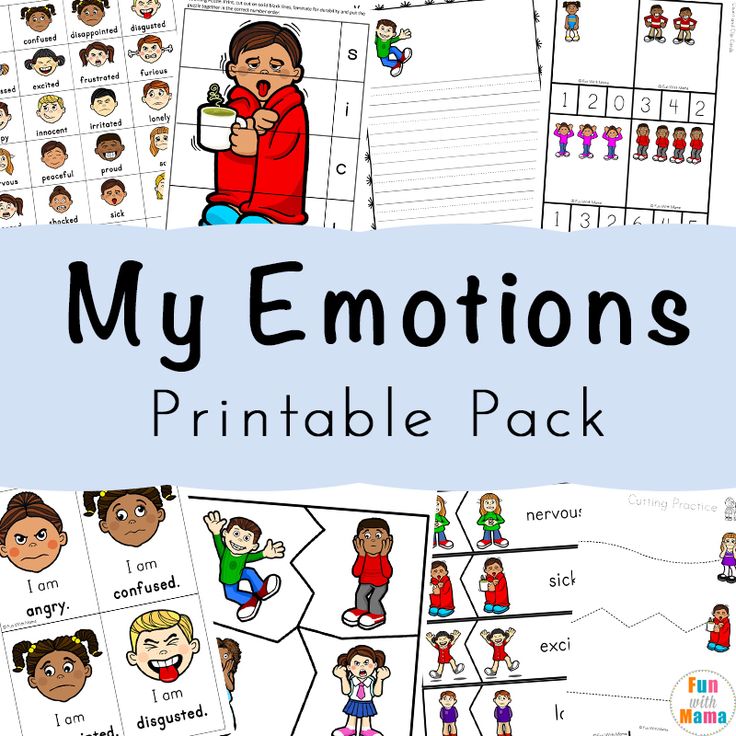 Everything you need to teach social skills and emotional literacy in the classroom!
Everything you need to teach social skills and emotional literacy in the classroom!
First Name
Personal Email Address
We use this field to detect spam bots. If you fill this in, you will be marked as a spammer.
I'd like to receive the free email course.
This form collects information I will use to send weekly emails with strategies, promotions, and resources. Unsubscribe at any time. Powered by ConvertKitTeaching Emotions in the Classroom
Teaching emotions to students is extremely important! Social-emotional learning enables students to express positive, healthy emotions and feelings. Whether you intend it to or not, a large portion of your day as a classroom teacher will be spent educating students about their emotions and feelings.
Students learn about emotions and feelings at home and through interactions with friends and family.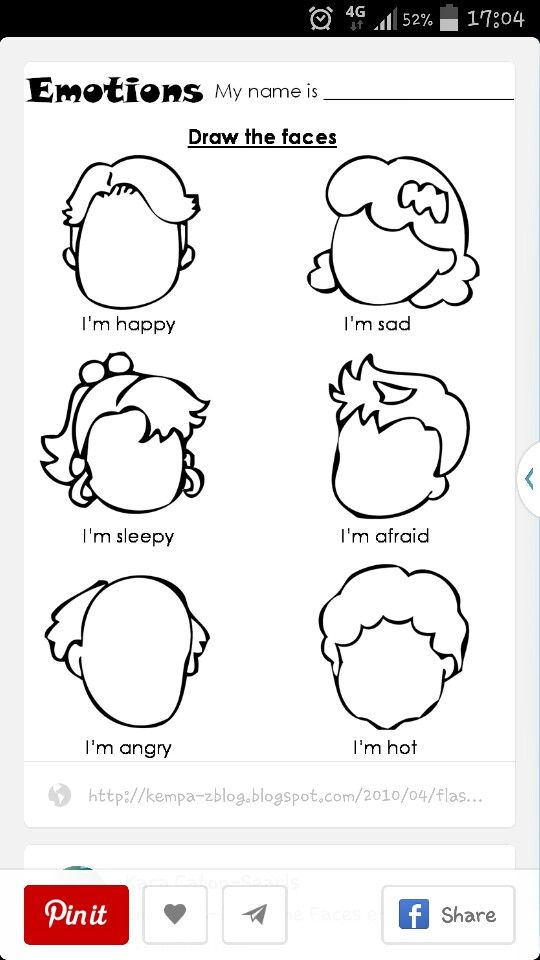 Children are naturally going to imitate what they see around them, which can result in healthy or unhealthy social-emotional habits. For many students, they have positive models through community centers, sports, music lessons, church, and more. For other students though, they may not have these opportunities or may be inundated with negative emotional models in their home environments. What do we do for these students?
Children are naturally going to imitate what they see around them, which can result in healthy or unhealthy social-emotional habits. For many students, they have positive models through community centers, sports, music lessons, church, and more. For other students though, they may not have these opportunities or may be inundated with negative emotional models in their home environments. What do we do for these students?
As teachers, we must choose to model, teach, and encourage our students to use healthy social-emotional habits daily. We want to help them learn to identify, understand, and express their emotions and feelings in positive ways.
You’re thinking, “yes! But that’s so daunting. How do I do all of that while also teaching and meeting so many other student needs?!”
Let me break it down for you…
Teach different emotions
Target a variety of emotions such as proud, sad, frustrated, embarrassed, calm, silly, angry, worried, and more. Make sure your students understand exactly what each of the different emotions mean.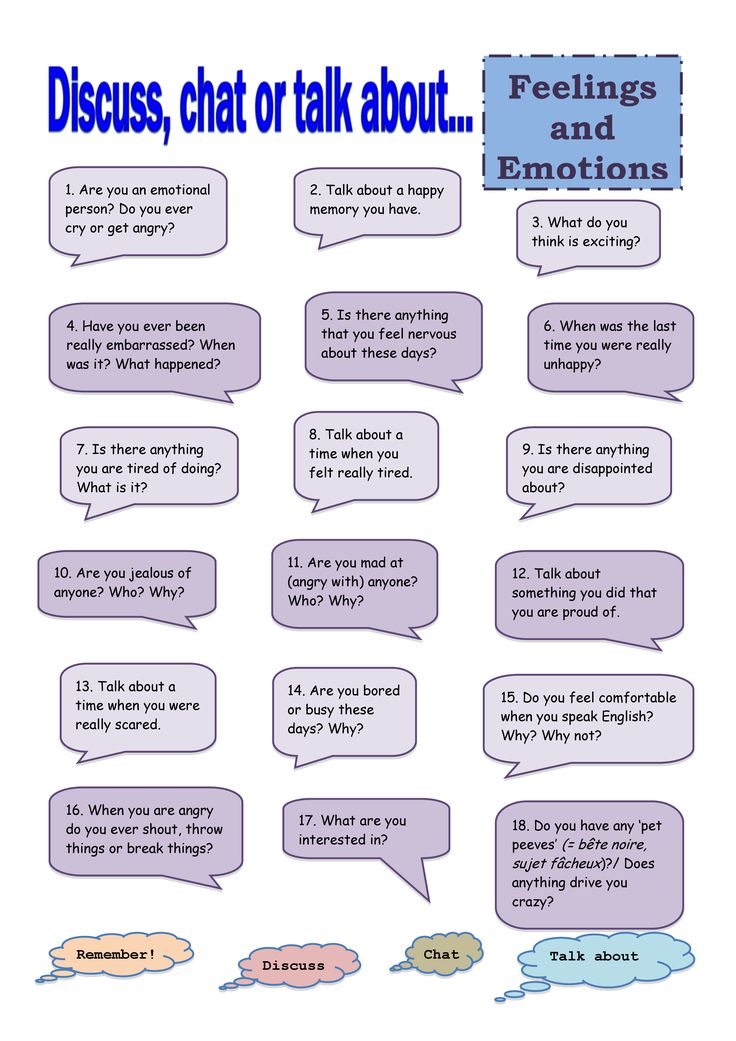 Identify behavioral, physical, and cognitive expressions of the emotions. Use visuals to help students connect the meanings and expressions of the emotions to real-life scenarios. Incorporate this as a part of your morning routine to keep things consistent! One of the best movies about emotions is Disney’s “Inside Out”, here is an awesome video that you can use to have students practice identifying emotions.
Identify behavioral, physical, and cognitive expressions of the emotions. Use visuals to help students connect the meanings and expressions of the emotions to real-life scenarios. Incorporate this as a part of your morning routine to keep things consistent! One of the best movies about emotions is Disney’s “Inside Out”, here is an awesome video that you can use to have students practice identifying emotions.
Teach healthy ways to express different emotions
Help your students identify productive ways to express emotions and deal with difficult ones. Involve the class as a large group to collaborate and discuss possible positive coping strategies to use when feeling different emotions. Deep breathing and relaxation techniques are some of my favorite coping skills.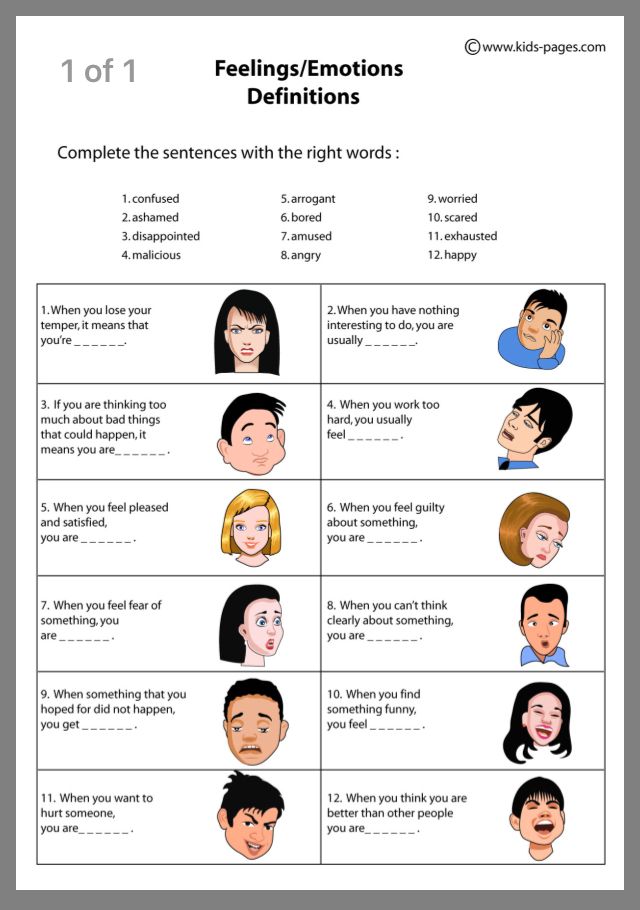 Here is a video that teaches Belly Breathing that I use with my own kids at home and they love it cause Elmo is in it.
Here is a video that teaches Belly Breathing that I use with my own kids at home and they love it cause Elmo is in it.
Highlight positive mindsets
Don’t forget the power of positive thinking! In the words of sports analyst and former football player and head coach, Tony Dungy, “Be positive. Your mind is more powerful than you think. What is down in the well comes up in the bucket. Fill yourself with positive things.” A great way to show kids how to find positivity is this video by Headspace.
Use resources to teach Emotions in the Classroom
My Emotions Monster Bundle is a great resource to use with younger elementary students to target identifying ten different emotions.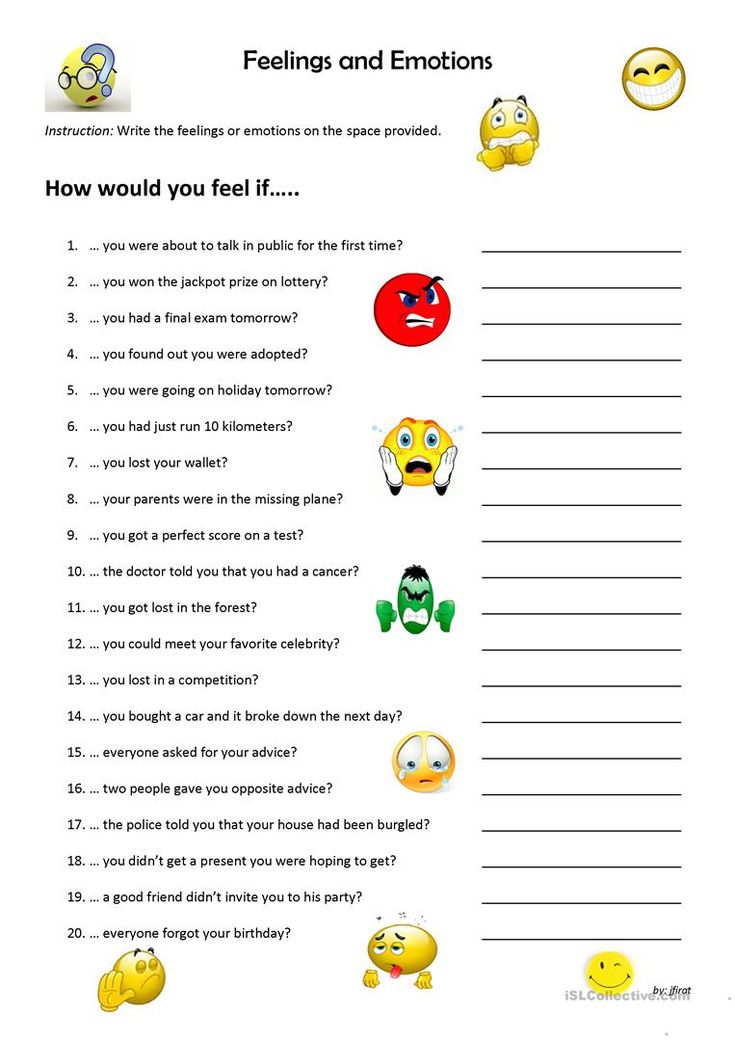 This resource also highlights different environments and people that can impact emotions. The silly, colorful monsters are sure to keep your younger students engaged as they learn about feelings! This is a quick print and go resource and is formatted for easy digital learning too–win, win!
This resource also highlights different environments and people that can impact emotions. The silly, colorful monsters are sure to keep your younger students engaged as they learn about feelings! This is a quick print and go resource and is formatted for easy digital learning too–win, win!
For older elementary students, Identifying Feelings and Emotions workbook for Google Slides is a fantastic resource! Twenty-five emotions are covered in this resource. Vibrantly colored faces are displayed as a visual to aid students in learning emotions. You can easily review the provided characteristics of each emotion and then guide students through identifying positive coping strategies for each. This resource is also an easy print and go or digital learning tool.
Use books to teach Emotions in the Classroom
Read alouds, writing prompts, self-reflection guides, cause and effect activities are wonderful ways to ensure that your students are understanding and able to apply the topic of acceptance both in and out of the classroom.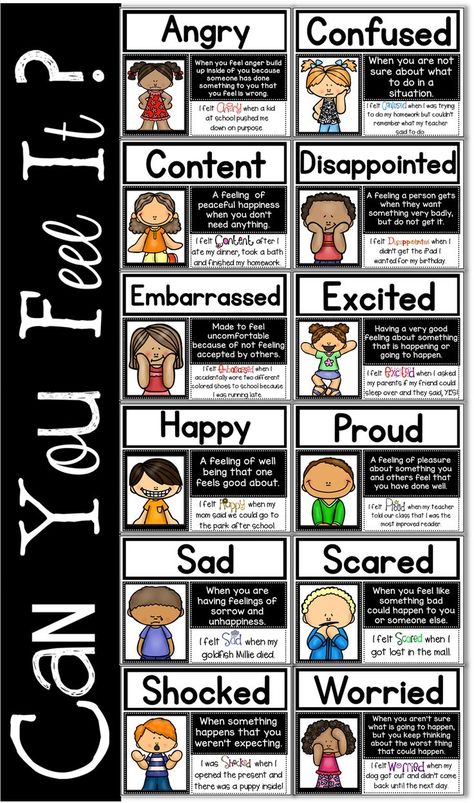 Here are a few highlights of my favorites:
Here are a few highlights of my favorites:
*As an Amazon Associate, I earn from qualifying purchases. This means if you click on a link and make a purchase, I get a small commission that costs you nothing and helps me continue to provide this content.
The Boy with Big, Big Feelings by Britney Winn Lee
This book is about a boy whose feelings are so big that they radiate from his face and go down to his chest. He cries when he hears loud noises and bursts with joy when hearing a funny joke. He feels other people’s emotions as his own. He tries to cope with these big feelings by stuffing them down. With some help, the boy begins to learn that his big, big feelings are actually amazing and can be celebrated instead of hidden away. His special gift can also be helpful in making friends!
In My Heart: A Book of Feelings by Jo Witek
In this story, a little girl explains how different emotions make her feel inside. The little girl explains that her heart feels heavy like an elephant when she is sad and feels shiny and bright like a star when she is happy.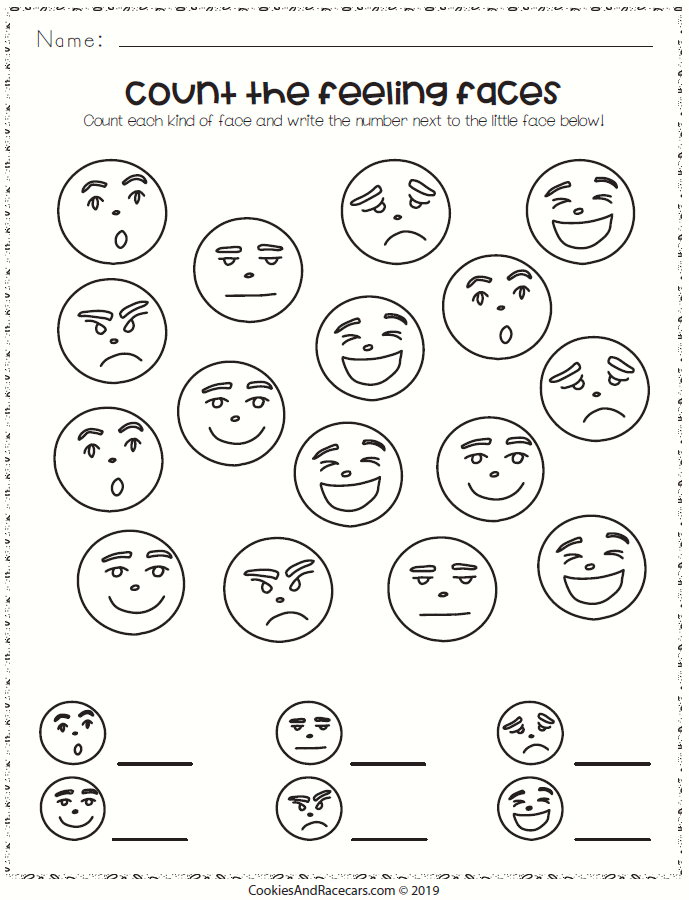 She also discusses other emotions such as calm, brave, broken hearted, afraid, and more. A cut-out heart is found on each page, and the reader sees how the heart changes size as the story progresses. The last page of this book asks the reader, “How does your heart feel?” which opens an opportunity for conversation about feelings.
She also discusses other emotions such as calm, brave, broken hearted, afraid, and more. A cut-out heart is found on each page, and the reader sees how the heart changes size as the story progresses. The last page of this book asks the reader, “How does your heart feel?” which opens an opportunity for conversation about feelings.
Big Feelings by Alexandra Penfold
The Very Last Leaf is about Lance Cottonwood. Lance is the greatest and smartest of the leaves at school, but even still, he worries. He makes high grades in all of his classes but is so nervous about his final exam of floating to the ground. In Big Feelings, a diverse group of children have plans for lots of fun. The inclusive group’s large feelings get in the way. Throughout the story, the children learn to value each others’ feelings and compromise in order to have the best time together. Big Feelings is inclusive and brightly colored which is a fun touch for young readers. This book helps children learn to identify different kinds of feelings and respond with empathy. The repetition and illustrations help children understand the various vocabulary words and messages.
The repetition and illustrations help children understand the various vocabulary words and messages.
Teaching emotions in engaging, fun ways will truly benefit your students for years and years to come!
Don’t forget, check out the emotions resources for younger and older elementary students in my TPT store!
1. The doctrine of emotions and domestic psychology (L.S. Vygotsky, A.N. Leontiev, S.L. Rubinshtein, V.P. Simonov)
Vygotsky HP. According Vygotsky, there is a close relationship between emotional and cognitive processes (“connection of affect with intellect”), which finds expression in "intellectualization" of emotions as in the course of socio-historical development man, and in ontogeny. Analyzing various theories of emotions (James-Lange, Darwin and others), Vygotsky argued that none of them meet the basic requirements to create rigorous scientific concept. anti-historical "organic theory" of James-Lange in combined with the general mechanistic the worldview of the authors were for Vygotsky are as unacceptable as antiorganism of "evolutionary theory" Darwin, who completely ignored physiological basis of emotions.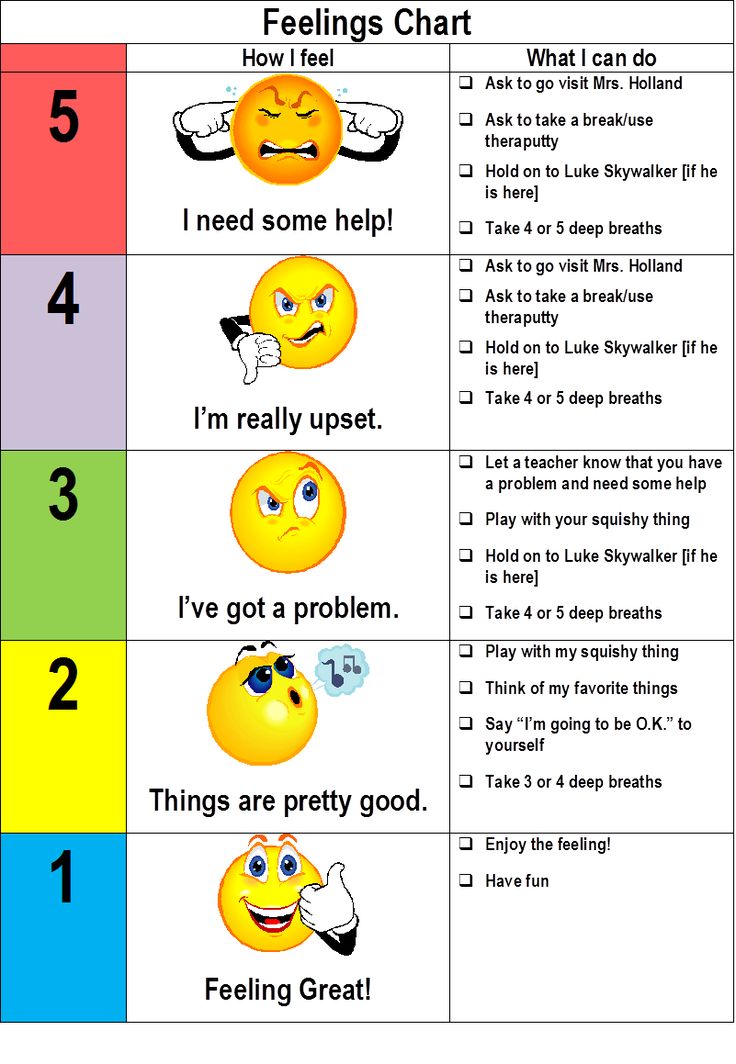 Vygotsky emphasized that the basis of the new psychology emotions should be made up, on the one hand sides, the principles of historicism, consistency, the social nature of the psyche, and on the other – principles of special biological (organic, brain) implementation emotional phenomena other than principles for the implementation of cognitive processes. Vygotsky shared the views about the existence of lower (“natural”) and higher (acquired) emotions, considering that the former are related to relatively elementary, and the second - with more complex, socially determined needs. nine0003
Vygotsky emphasized that the basis of the new psychology emotions should be made up, on the one hand sides, the principles of historicism, consistency, the social nature of the psyche, and on the other – principles of special biological (organic, brain) implementation emotional phenomena other than principles for the implementation of cognitive processes. Vygotsky shared the views about the existence of lower (“natural”) and higher (acquired) emotions, considering that the former are related to relatively elementary, and the second - with more complex, socially determined needs. nine0003
Leontiev A.N. Emotional processes - processes internal regulation of activity. Emotion - the relation of motive to results activities. Emotions are instinctive nature. to emotional processes. it is customary to attribute affects, in fact emotions and feelings. Affects are strong and relatively short emotional experiences accompanied by pronounced motor and visceral manifestations.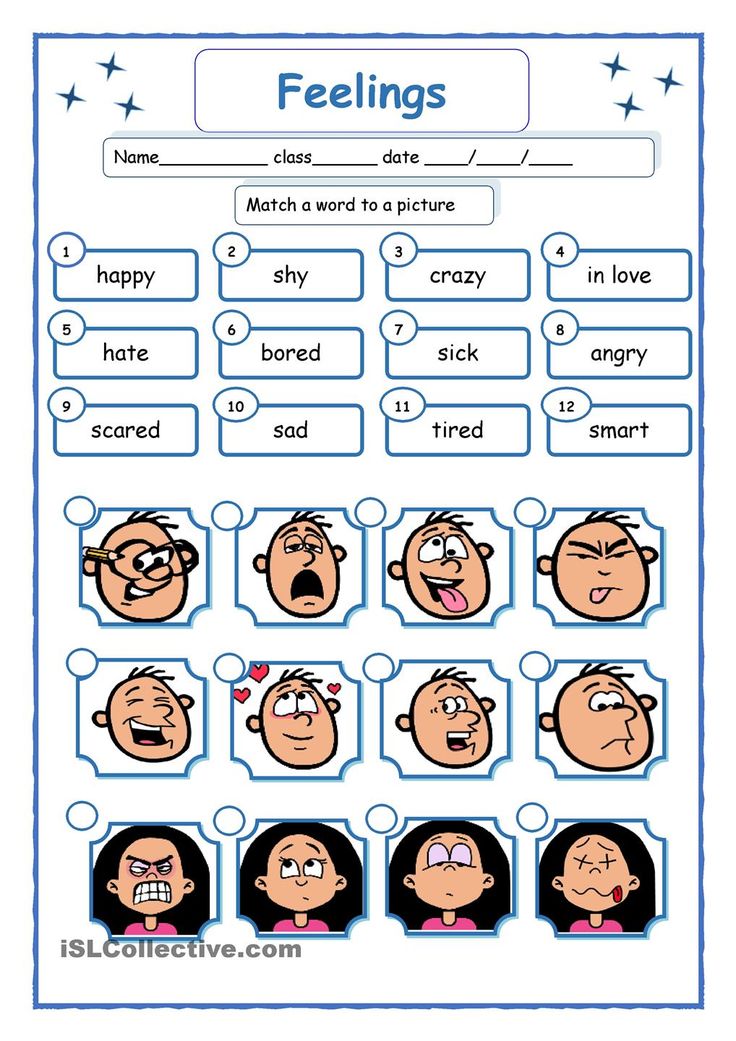 They arise in response to already existing situation and in this sense, they are, as it were, shifted by the end of the event. nine0007
They arise in response to already existing situation and in this sense, they are, as it were, shifted by the end of the event. nine0007
Factors affective:
1. Threat to physical existence;
2. Threat to social status;
3. A threat to something that has a deep personal meaning for the subject. Regulatory function is education specific experience - affective traces that determine selectivity subsequent behavior towards situations and their elements, which previously caused an effect. The tendency to be obsessive or to inhibition (associative experiments of K.G. Jung, A.R. Luria (inhibition: violation of conjugated motor responses. nine0007
Actually emotions. Longer states manifested in external behavior.
- Ideation character: ability anticipate situations and events which have not really come yet, and arise in connection with the concept of experienced or imagined situations.
- Ability to generalize and communicate: emotional experience is broader than experience individual experiences (source: empathy). Communication: facial expressions, pantomime, sounds. The language of emotions is innate, but socially and culturally conditioned (various emotional, including including mimic behavior in different cultures). Feelings. subject matter, resulting from a specific generalizations of emotions associated with idea or concept of something object. Mismatch of feelings and emotions - ambivalence: mismatch stable emotional relationship to the object and emotional reaction to current transient situation. Levels feelings: from feelings to a particular person, to social feelings (love for the Motherland, aesthetic feelings, etc.). nine0007
Rubinstein S.L. Emotion reflects a person's attitude towards the world in the form of direct experiences; emotion reflects the state subject and its relation to the object.
Two type of need:
1.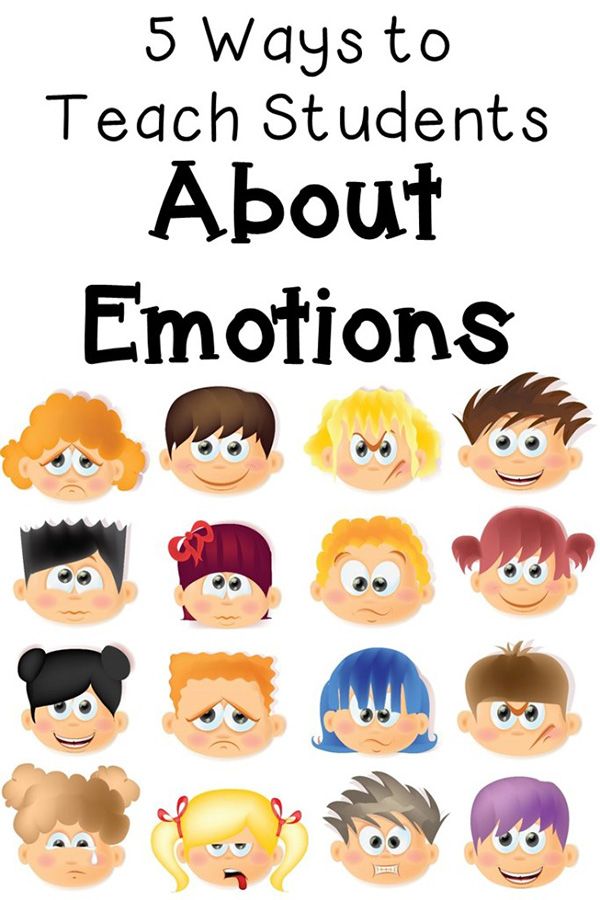 Manifested as organic sensations and can generate emotions.
Manifested as organic sensations and can generate emotions.
2. They themselves express themselves in the form of a feeling that is a signal of a need. The sign of the emotion depends on satisfaction / dissatisfaction needs, interests.
Structure emotional experience: nine0007
- proper affective
- Volitional (expressed in aspiration)
- Intellectual
Functions emotions:
1) Estimated. Emotion signals motivational significance of the object for subject.
2) Encouragement. Example: affect.
3) Organizing/disorganizing activity. More often it is organizing.
4) Regulatory. Preservation of the past experience. Emotional ambivalence (ambivalence of feelings) - internal conflicting emotional state or experience associated with duality relation to a person, object, phenomenon and characterizing it by the simultaneous acceptance and rejection, for example feelings of jealousy, in which combine feelings of love and hate.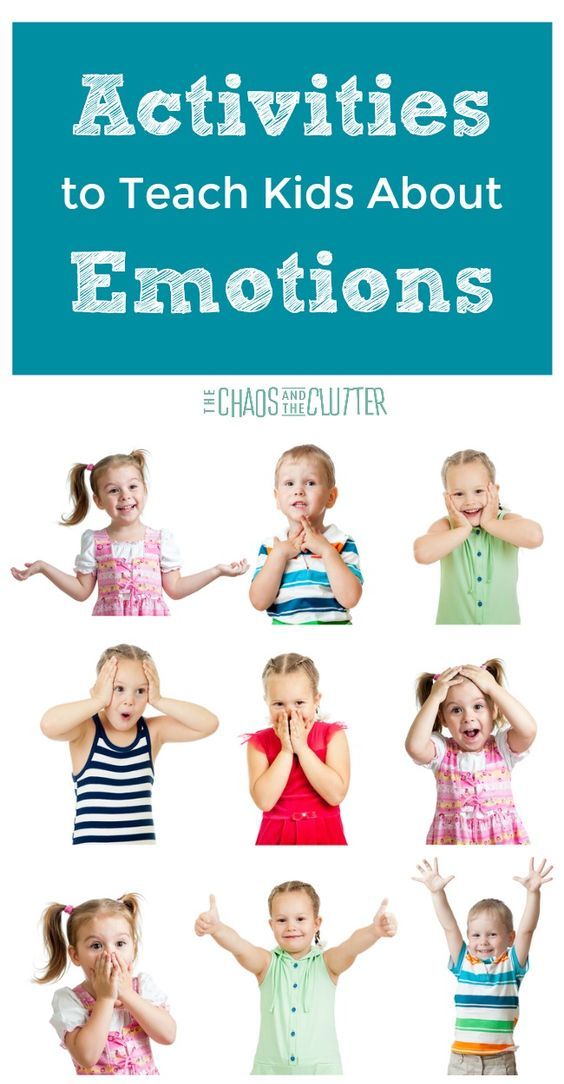 Ambivalence of feelings appears when conflict of needs. Emotions and activity. Emotions arise in the process activities, such as during satisfaction of need. Character, structure, composition of emotions is determined activity. Positive emotions - the goal is the same as the result of the activity. Negative emotions - the goal does not match with the result of the activity. nine0007
Ambivalence of feelings appears when conflict of needs. Emotions and activity. Emotions arise in the process activities, such as during satisfaction of need. Character, structure, composition of emotions is determined activity. Positive emotions - the goal is the same as the result of the activity. Negative emotions - the goal does not match with the result of the activity. nine0007
Various types of emotional experiences: three emotional level.
1) The level of organic emotional-affective sensitivity. These include elementary so-called physical feelings, pleasure displeasures associated with with organic needs (coloring. The tone of a particular sensation or expression spilled organic well-being organism (pointless longing)). Expression of the state of the organism.
2) Objective senses corresponding object perception and object action. There's a higher level here awareness of feeling. conscious experience relationship of man to the world.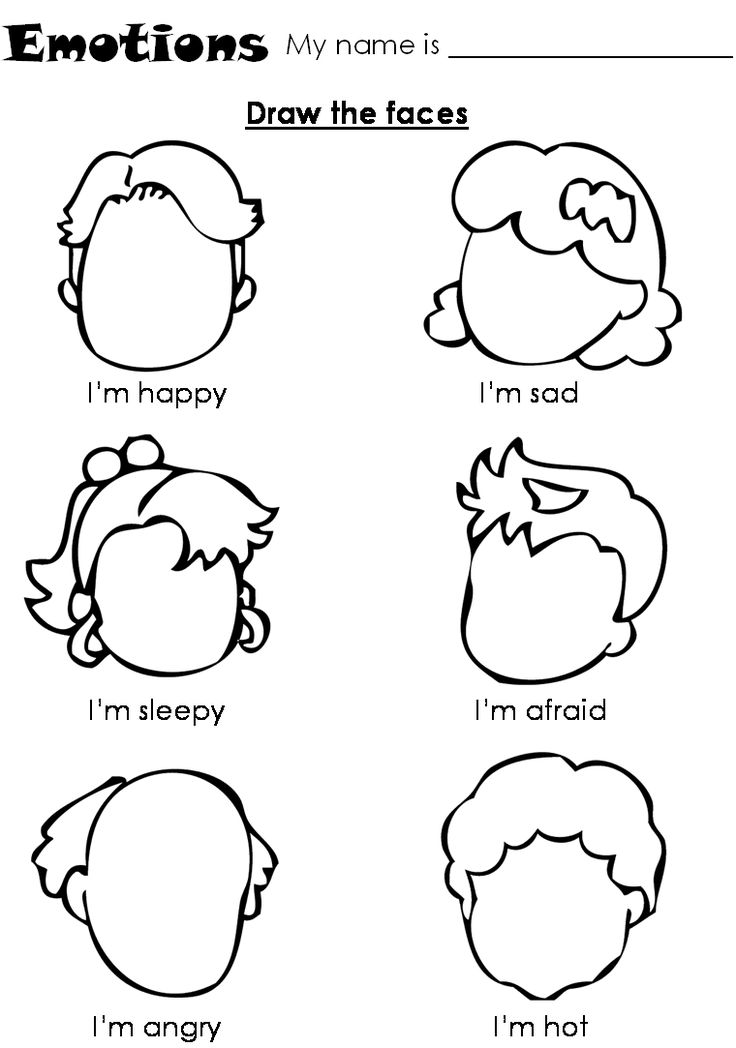 Possible classification of these feelings: intellectual, aesthetic, moral. nine0007
Possible classification of these feelings: intellectual, aesthetic, moral. nine0007
3) Generalized senses: sense of humor, irony, a sense of the sublime, the tragic. They express common more or less sustainable mindsets personality. Distinguished from feelings, but their related affects and passions. Affect: fast and furious emotional process of explosive character, which can give insubordinate conscious volitional control of discharge In action. affective state expressed in inhibition of conscious activities. Passions are strong, persistent, a lingering feeling that the roots in man take hold of him and owns it. Characteristic: the power of feelings, expressed in the corresponding direction of all thoughts of the individual, and its sustainability. Passion is always expressed in concentration concentration of thoughts and forces, their focus on a common goal. In passion the volitional moment of aspiration is pronounced; passion is unity emotional and volitional moments; aspirations prevail over feelings.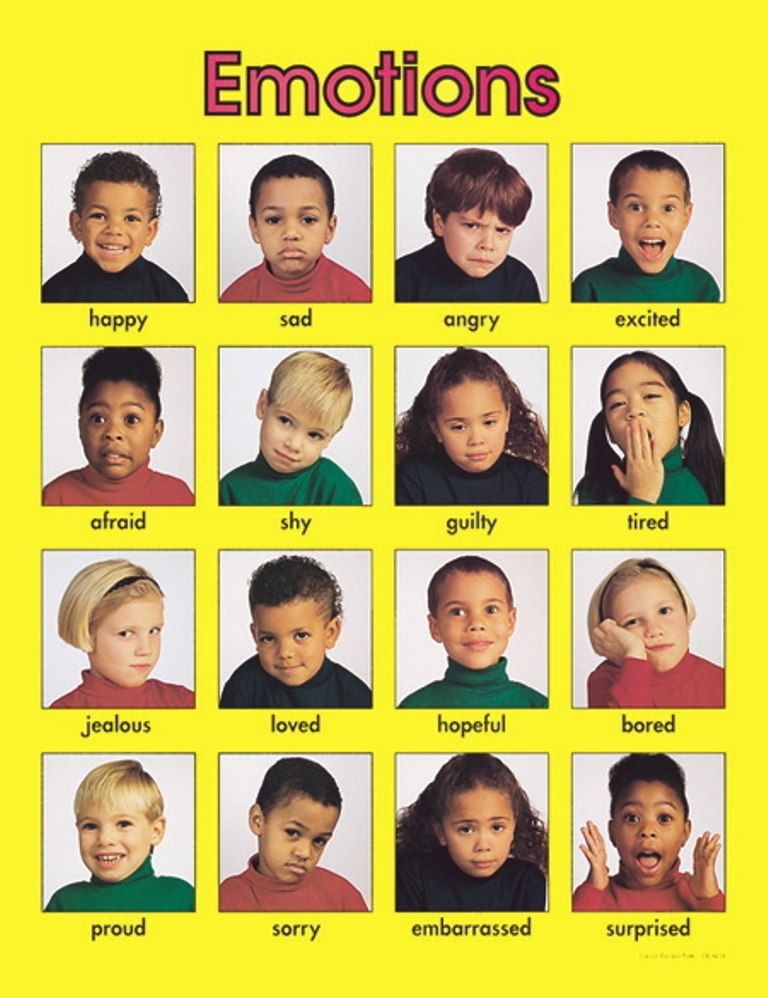 Mood - general emotional state of the individual expressed in the system of all its manifestations. Mood is not subjective, but personal (he is happy!) This spilled common condition. unconscious, emotional an individual's assessment of how the moment circumstances are shaping up for her (doesn't know why). nine0007
Mood - general emotional state of the individual expressed in the system of all its manifestations. Mood is not subjective, but personal (he is happy!) This spilled common condition. unconscious, emotional an individual's assessment of how the moment circumstances are shaping up for her (doesn't know why). nine0007
Simonov V.P. Information theory of emotions. Emotions closely related to the information we receive from the environment. Usually emotions arise from the unexpected events for which the person was not prepared. At the same time, emotion does not arise if we meet the situation with sufficient store of necessary information. From point of view author of this theory, emotion is a reflection human and animal brains needs (its quality and magnitude), and also the probabilities (possibilities) of its satisfaction that the brain appreciates based on genetic and previously acquired individual experience. nine0007
Informational theory of emotions puts forward evaluative function of emotions, which is always is the result of an interaction two factors:
- Demand (needs),
- Offers (opportunities to satisfy this need).
B the most general rule of occurrence emotions can be represented as structural formula: E \u003d f (P, (In - Is) ...) Where: E - emotion, its degree, quality, sign. P - the strength and quality of the actual needs. Ying - information about the necessary the means necessary to satisfy needs. Is - information about funds subject, which he has in this moment. (In - Is) - probability estimate (opportunities) to meet the need based on innate ontogenetic experience. 1. Emotion does not arise if the need is missing or satisfied (P \u003d 0), and if there is a need - if the system is fully informed (In = Is). 2. With a shortage of available information (In < Is) a negative emotion appears, reaching a maximum in the case of full lack of information (In = 0). Positive emotion arises when (Ying > Ys). nine0007
[Anokhin P.K. Emotions are physiological states organisms with a pronounced subjective coloring and covering all kinds of feelings and experiences person.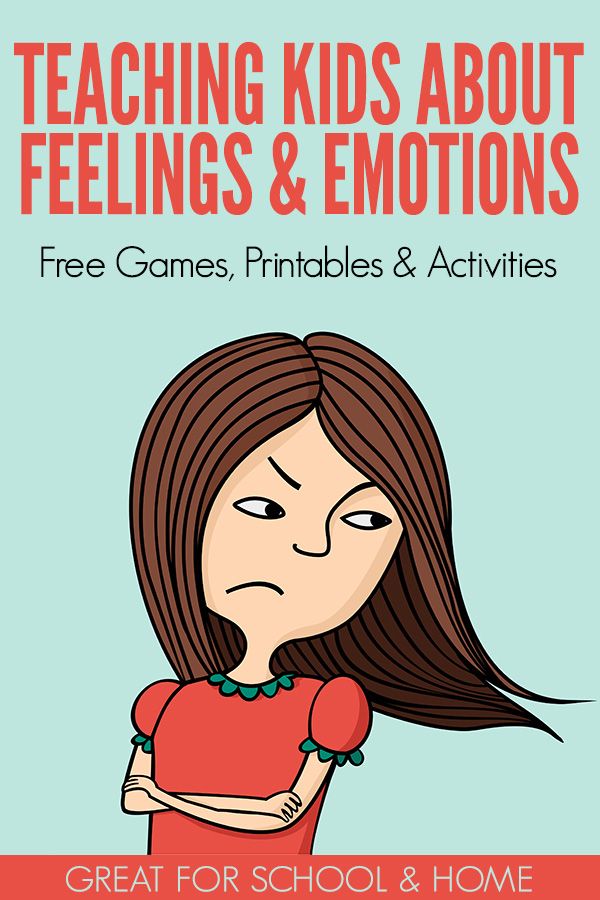 The evolution of emotions. Emotion plays an important role in the adaptation of animals to the surrounding conditions. Integrity emotions - cover the entire body. Producing near-instantaneous integration all body functions, emotions themselves themselves can be an absolute signal beneficial or detrimental effect on organism. What is the biological and physiological utility of emotions? The basis of life is the occurrence and satisfaction of certain needs. These are two states of the body. emotional Feelings are a kind of tool keeping the life process in optimal boundaries and warning the destructive nature of the defect or an excess of any life factors of this organism. Satisfaction - positive emotion - reinforcing factor. What is the mechanism for creating positive emotion? Base: representation about a holistic physiological architecture any adaptive act are emotional responses. sign positive emotional response - reinforcing action. Acceptor action to satisfy some needs are preceded by the formation central office for the evaluation of results future action.
The evolution of emotions. Emotion plays an important role in the adaptation of animals to the surrounding conditions. Integrity emotions - cover the entire body. Producing near-instantaneous integration all body functions, emotions themselves themselves can be an absolute signal beneficial or detrimental effect on organism. What is the biological and physiological utility of emotions? The basis of life is the occurrence and satisfaction of certain needs. These are two states of the body. emotional Feelings are a kind of tool keeping the life process in optimal boundaries and warning the destructive nature of the defect or an excess of any life factors of this organism. Satisfaction - positive emotion - reinforcing factor. What is the mechanism for creating positive emotion? Base: representation about a holistic physiological architecture any adaptive act are emotional responses. sign positive emotional response - reinforcing action. Acceptor action to satisfy some needs are preceded by the formation central office for the evaluation of results future action.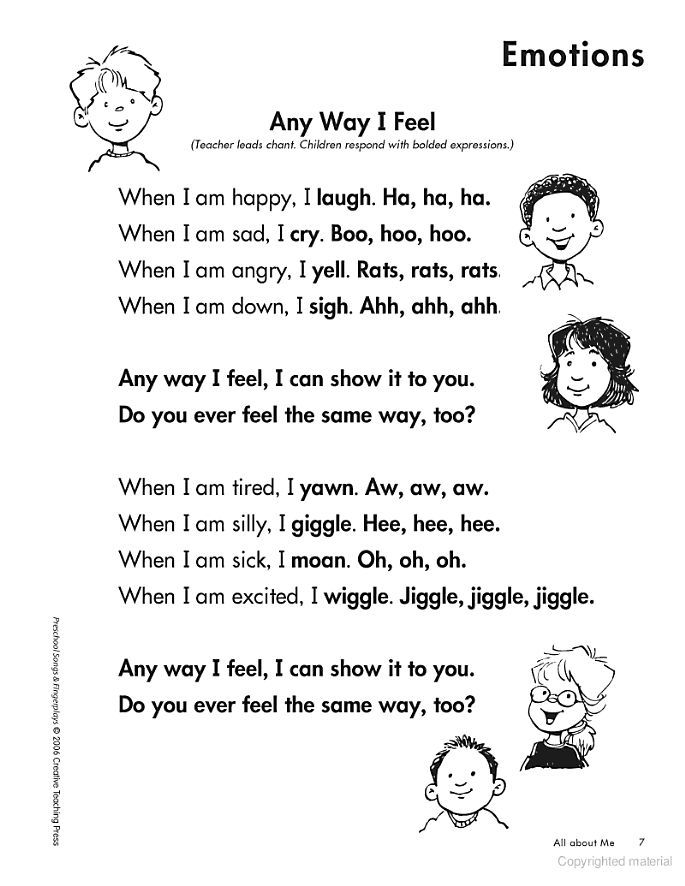 A package from him set of efferent excitations to need satisfaction system. Feedback information (afferent) - about success of execution. Theory: positive emotional state type of satisfaction of a need occurs only if the reverse information from the results of the incident actions accurately reflect all components of a positive outcome and therefore exactly coincides with the acceptor actions. Hence the consolidation of the functional manifestations. negative information – search for a new combination of effector excitations. nine0003]
A package from him set of efferent excitations to need satisfaction system. Feedback information (afferent) - about success of execution. Theory: positive emotional state type of satisfaction of a need occurs only if the reverse information from the results of the incident actions accurately reflect all components of a positive outcome and therefore exactly coincides with the acceptor actions. Hence the consolidation of the functional manifestations. negative information – search for a new combination of effector excitations. nine0003]
📖 Teaching about emotions. Vygotsky L. S. Read online
Lev VygotskyCopyright holders
Vygotsky LevTeaching about emotions
Download: ›doc
The work of Lev Semenovich Vygotsky occupies a special place in the series of psychology. The author of the famous theory of emotions K.G. Lange calls Spinoza one of those whose teaching preceded the organic theory of emotions. This theory, as is known, was developed almost at the same time by two researchers independently of each other - Lange in 1885 and W. James in 1884. Thus, according to I.V. Goethe, some ideas ripen in certain epochs, just as fruits fall simultaneously in different gardens. nine0007
This theory, as is known, was developed almost at the same time by two researchers independently of each other - Lange in 1885 and W. James in 1884. Thus, according to I.V. Goethe, some ideas ripen in certain epochs, just as fruits fall simultaneously in different gardens. nine0007
Read more:
Forget Foucauld Baudrillard Jean
Forget Foucault
Power itself never imagined itself to be power, and the secret of great politicians was to know that power does not exist. To know that it is only a promising space of simulation, which is also the picturesque space of the Renaissance, and if the authorities seduce, it is precisely because (why...
Errors of Malakhov's system.0007
The principle of dominance does not allow the existence of many equal centers of excitation in the brain, it transfers all the energy of the brain to the execution, only the most important task at the moment.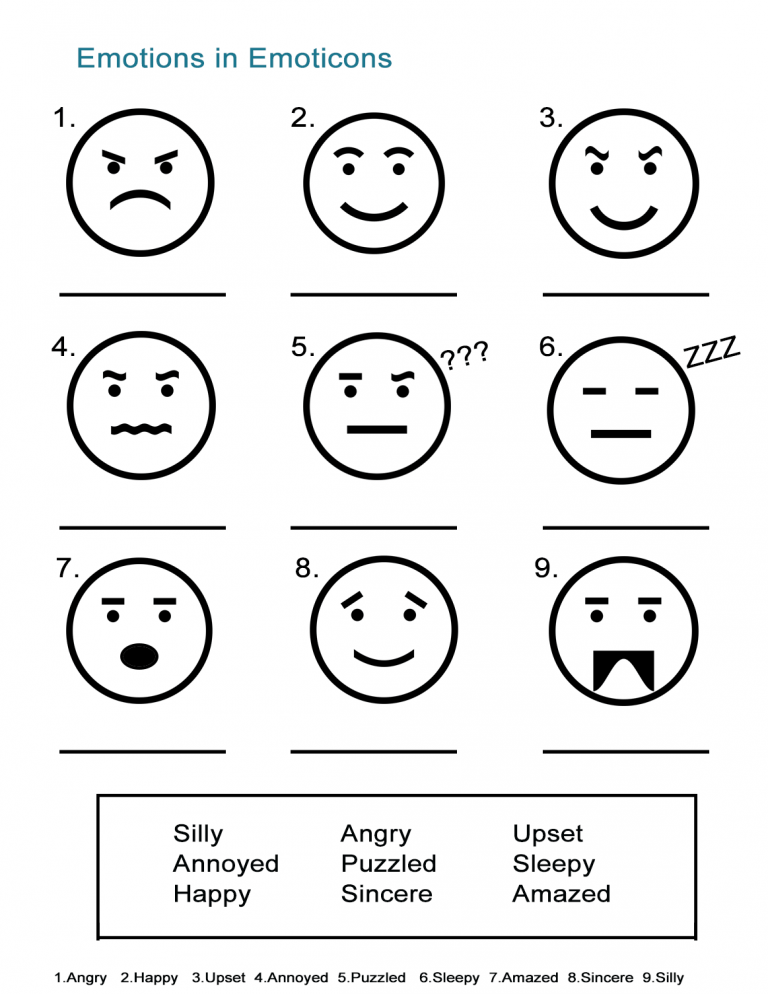
Golovey LarisaPsychological service at school
Introduction
The main purpose of this service is to help the school and family in the all-round and harmonious development of the child's personality: mentally healthy, physically strong, doing well and always happy. nine0007
Psychology of peoples and masses Lebon Gustav
The most important duty of statesmen should be
Very numerous are words whose meaning has changed in this way, and it is not at all easy to get to their original meaning. It is rightly said that you have to read a lot before you can understand anything what did such words as king and...
Beyond the illusions that enslave us mean for our ancestors. Zen Buddhism and Psychoanalysis (collection) Fromm Erich
Beyond the illusions that enslave us.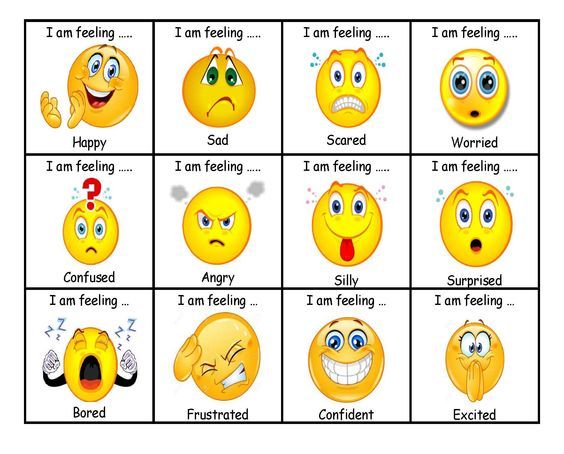 How I Encountered Marx and Freud
How I Encountered Marx and Freud
The picture of universal peace and harmony between nations moved me deeply when I was only 12 or 13 years old. The direct reason that the ideas of peace and internationalism were assimilated by me back then should most likely be sought in the peculiarities of my situation: a Jewish boy in a Christian environment... nine0007
Children are self-sufficient. Self sufficient cats. Self-sufficient, alas, men. The presence or absence of a beloved does not make them bottomlessly unhappy or insanely blissful. Learn from them.
Pedology: Utopia and Reality Zalkind Aron
A. B. ZALKIND
A teenager is drawn to the fight against obstacles, loves efforts of will, loves adventures, and in the pioneer hardening, in the pioneer war with the dirty tricks of modernity, in the pioneer "raids" on the old everyday life, etc., there are huge opportunities for the correct use (inclusion) of the energy of a teenager.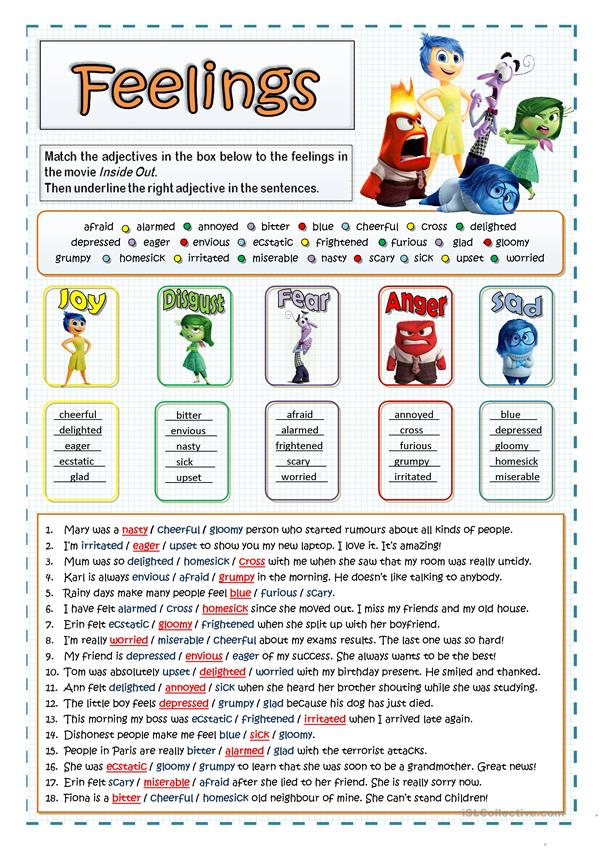 nine0007
nine0007
Everything is fine. Rules of personal effectiveness Alenson Inessa
Chapter six. It's never too late to learn
First of all, allocate an hour every day to read literature on the subject you need. By getting new information, you will be able to work more productively. Secondly, attend lectures, classes, courses that are available to you, with the help of which you can learn what you need for your work. Study at home...
Mind is good... Sergeev Boris
Mind is good, but two is better
The amazing results of the experiments done on cats attracted everyone's attention. It turned out to be unexpected that by a simple cut, with a single blow of a knife, one brain can be turned into two sufficiently full-fledged and completely independent brains. Thanks to the operation in one...
The Language of Conversation Pease Allan
Chapter 7.